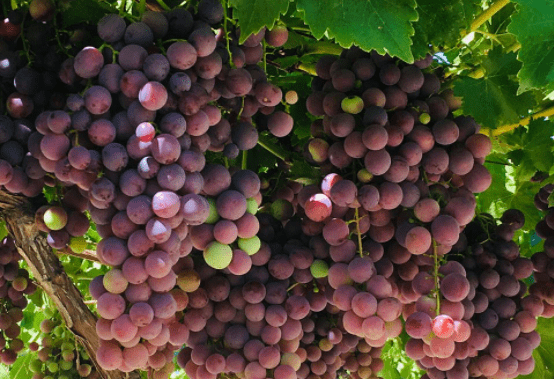Chile and Peru were the world’s largest exporters of grapes in 2022, with shipments worth US$1.862 billion and US$1.297 billion, respectively.
According to data from Chile’s National Customs Directorate, Chile exported grapes (both fresh and dried) last year mostly to the Netherlands ($750 million), the United States ($439 million), China ($139 million), Portugal ($102 million) and Spain ($68 million).
Exporters of grapes
Above all, Chile’s agricultural production consists mainly of fruits, including fruit concentrates, table grapes, apples, pears, nectarines, prunes, lemons, avocados, berries, cherries and peaches.
This sector contributed $6.8 billion in exports during 2022, or 7.1% of exports by value.
Since 2019, much of the Chilean territory dedicated to crop and livestock production was affected by severe drought.
During January-April 2023, the Chilean government recorded fruit exports of 1 million 482,000 tons, worth US$3.752 million. Compared to the same period in 2022, there was a decrease in the volume exported of 2.5%, and an increase in value of 4%.
In particular, during this period, table grape exports amounted to 438,600 tons, equivalent to 709 million dollars, a decrease in shipments of 4.9% in volume and an increase of 1.8% in value, compared to the same period of the previous year, with the United States (49%) and China (13%) standing out as the main buyers in this period.
Primary sector
On the other hand, Chile’s climate, botany and soil characteristics give the country a comparative advantage in the forestry sector.
In 2019, forests covered 17.6 million hectares, representing approximately 23.3 percent of Chile’s land area, and forest plantations covered approximately 3 million hectares, or 4.0 percent of Chile’s land area.
After Chile’s grape exports, which grew at a year-on-year rate of 95% in 2022 in terms of value, Peru ranked second in that same indicator globally, with an annual rise in sales of 8 percent.
The main destinations for Peruvian shipments were the United States (US$598 million), the Netherlands (US$147 million), Hong Kong (US$81 million), Mexico (US$78 million) and China (US$65 million).

